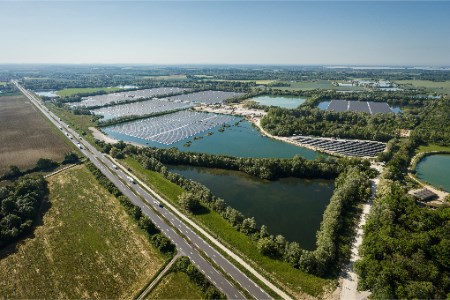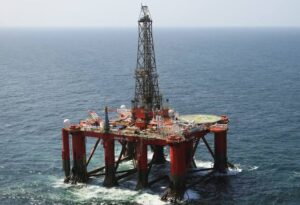China has officially launched construction on what will become the world’s largest hydropower dam, a mega-project worth an estimated $170 billion. The dam, located on the Yarlung Zangbo River in eastern Tibet, was unveiled by Premier Li Qiang and is being hailed by officials as a landmark national project.
The massive hydro facility—set to outsize even the iconic Three Gorges Dam—will feature five cascading power stations. Thanks to the steep drop of 2,000 meters across a short 50-kilometer stretch of river, the site offers enormous energy potential. Once fully operational, the dam could generate up to 300 billion kilowatt-hours of electricity every year, with full operations targeted for the 2030s.
Following the announcement, China’s stock market saw a rally in construction-related shares. Companies in engineering, cement, tunneling equipment, and civil explosives all experienced strong gains, driven by investor excitement over long-term opportunities tied to the project.
However, the development has sparked unease in neighboring countries. India and Bangladesh—both downstream from the Yarlung Zangbo, which becomes the Brahmaputra River—have voiced concerns about how the dam could affect water flow and millions of people who rely on it for farming and daily life.
Environmental advocates have also raised red flags, warning that the project could severely damage the delicate ecosystem of the Tibetan Plateau. Beijing, however, maintains that the dam will have minimal environmental impact and will contribute significantly to meeting energy needs in Tibet and the rest of China.
While officials have yet to release figures on job creation or potential displacement, the scale of the project suggests significant changes ahead for both the region and its surrounding neighbors.











